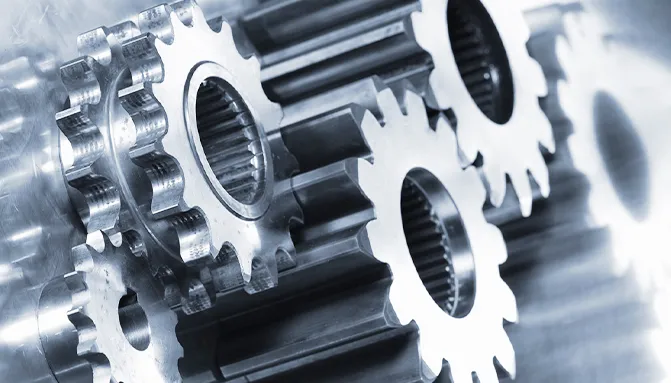Mobile:+86-311-808-126-83
Email:info@ydcastings.com
English
Understanding the Functionality and Design of Inlet and Exhaust Manifolds in Engine Performance
Inlet and Exhaust Manifolds Crucial Components in Engine Performance
The performance and efficiency of an internal combustion engine are significantly influenced by its design and the components that comprise it. Among these components, the inlet (or intake) and exhaust manifolds play crucial roles in ensuring the engine operates smoothly and effectively. Understanding their functions, designs, and significance in the engine system is vital for automotive enthusiasts and professionals alike.
The Role of Inlet Manifolds
The inlet manifold serves as the conduit through which air (and sometimes fuel in the case of carbureted engines) enters the engine's combustion chamber. Essentially, it distributes the intake air evenly to each cylinder. A well-designed inlet manifold optimizes airflow, ensuring that each cylinder receives an adequate mix of air and fuel for combustion. This directly affects the engine's power output, efficiency, and responsiveness.
Inlet manifolds are designed to manage airflow dynamics. They can significantly influence the velocity and pressure of the air entering the cylinders. Factors such as the shape, size, and the length of the runners (the passages leading from the manifold to the cylinders) are critical. Shorter runners generally enhance high-end power by promoting a higher airflow rate at elevated RPMs, while longer runners can improve low-end torque by providing better airflow at lower engine speeds.
The Importance of Exhaust Manifolds
Conversely, the exhaust manifold collects exhaust gases produced during combustion and channels them away from the engine to the exhaust system. Efficient exhaust gas evacuation is essential for maintaining optimal engine performance. A poorly designed exhaust manifold can lead to backpressure, which restricts engine efficiency and can hinder overall performance.
inlet and exhaust manifold

Like inlet manifolds, exhaust manifolds also demand careful consideration in their design. The temperature and velocity of exhaust gases are influenced by the manifold's shape and materials. For instance, headers, a type of aftermarket exhaust manifold, often feature a more complex design with individual tubes for each cylinder, promoting improved exhaust gas flow compared to traditional cast iron manifolds. This enhancement can lead to greater engine performance and efficiency.
The Interplay Between Inlet and Exhaust Manifolds
The interaction between inlet and exhaust manifolds is a delicate balance. An efficient inlet manifold needs to work in tandem with an equally effective exhaust manifold to ensure that the engine breathes well both in and out, maximizing volumetric efficiency. Enhanced airflow in and out of the cylinders not only improves power but also reduces emissions and increases fuel efficiency.
This symbiotic relationship is why many car performance enhancements focus on upgrading both manifolds. Alterations made to either manifold without considering the other can lead to an imbalance that might negate the potential benefits of modifications. For high-performance applications, tuning both manifolds to optimize the engine's air intake and exhaust pathways is paramount.
Conclusion
In conclusion, inlet and exhaust manifolds are vital components in an engine that significantly impact its performance, efficiency, and emissions. With advances in engineering, manufacturers continually seek ways to optimize these components for maximum effectiveness. As automotive technology progresses, understanding the intricate functions and contributions of these manifolds remains essential for anyone looking to improve engine performance. Whether for everyday vehicles or high-performance race cars, a keen focus on the design and functionality of inlet and exhaust manifolds can lead to remarkable improvements in overall engine dynamics.
-
Premium Fan Housing & Motor Casing for Optimal AirflowNewsAug.31,2025
-
High-Performance Automobile Water Pump & Electric SolutionsNewsAug.30,2025
-
Expert Stainless Steel Casting | Precision & Durable Metal PartsNewsAug.29,2025
-
Precision Metal Castings: Aluminum, Stainless Steel & Die CastingNewsAug.28,2025
-
Superior Aluminum Castings in Automotive Engine PartsNewsAug.22,2025
-
Common Materials Used in Fan Housing ManufacturingNewsAug.22,2025











